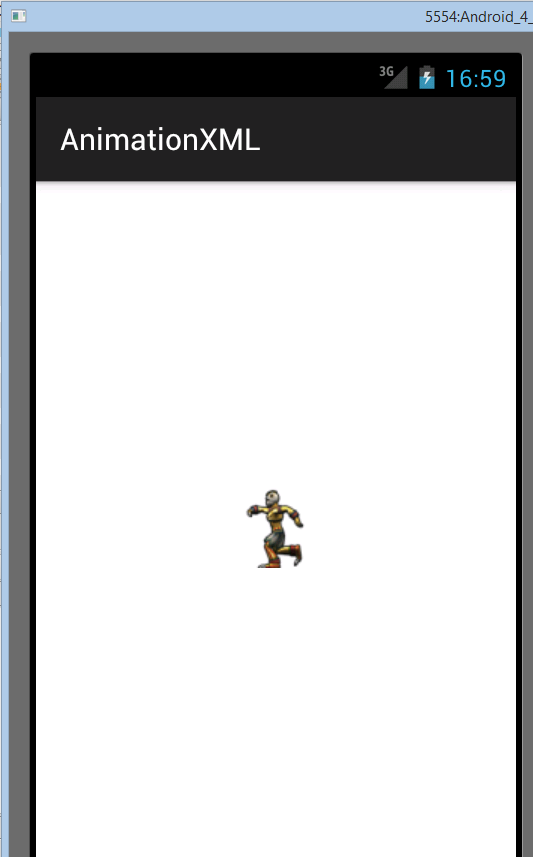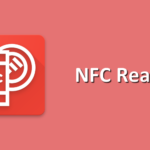Create a frame animation in XML on Android
Android offers to developers a great Animation API that lets them to create easily frame animation in XML or programmatically. In the following tutorial, you’re going to learn how to create a frame animation in XML. For this tutorial, we’re going to use a monster character that we want to animate.
- Get the frames of the monster’s animation
The following bitmaps represent frames to animate the monster :
- Create the animation in XML
When your Android application project is created, you need to put the bitmaps in a res/drawable directory. Then, you can create the Animation in XML like that :
<?xml version="1.0" encoding="utf-8"?> <animation-list xmlns:android="http://schemas.android.com/apk/res/android" android:oneshot="false" > <item android:drawable="@drawable/monster0" android:duration="250"/> <item android:drawable="@drawable/monster1" android:duration="250"/> <item android:drawable="@drawable/monster2" android:duration="250"/> <item android:drawable="@drawable/monster3" android:duration="250"/> <item android:drawable="@drawable/monster4" android:duration="250"/> <item android:drawable="@drawable/monster5" android:duration="250"/> <item android:drawable="@drawable/monster6" android:duration="250"/> <item android:drawable="@drawable/monster7" android:duration="250"/> <item android:drawable="@drawable/monster8" android:duration="250"/> <item android:drawable="@drawable/monster9" android:duration="250"/> </animation-list>
Inside the animation-list tag, we define each frame thanks to item tag. Each item has a reference to a drawable that represents a frame, and also a duration in ms. Here, we choose to declare each frame for monster from 0 to 9 with a 250 ms as duration.
- Create the layout
Layout of the Android applications is very simple. A RelativeLayout with an ImageView inside. We must just define the animation as a background for the ImageView like that :
<RelativeLayout xmlns:android="http://schemas.android.com/apk/res/android" xmlns:tools="http://schemas.android.com/tools" android:layout_width="match_parent" android:layout_height="match_parent" android:paddingBottom="@dimen/activity_vertical_margin" android:paddingLeft="@dimen/activity_horizontal_margin" android:paddingRight="@dimen/activity_horizontal_margin" android:paddingTop="@dimen/activity_vertical_margin" android:background="#FFFFFF" tools:context="com.ssaurel.animationsprite.MainActivity" > <ImageView android:id="@+id/img" android:layout_width="wrap_content" android:layout_height="wrap_content" android:layout_centerInParent="true" android:background="@drawable/run_monster" /> </RelativeLayout>
- Run the animation
In the activity where you decide to use the animation, you need to set the layout and to get an instance to the ImageView. Then, we post a Runnable on the instance in which we get the background of the image and call the start method of the AnimationDrawable associated :
public class MainActivity extends Activity {
private ImageView img;
@SuppressLint("NewApi") @Override
protected void onCreate(Bundle savedInstanceState) {
super.onCreate(savedInstanceState);
setContentView(R.layout.activity_main);
img = (ImageView) findViewById(R.id.img);
img.post(new Runnable() {
@Override
public void run() {
((AnimationDrawable) img.getBackground()).start();
}
});
}
}
- Demo
You can now enjoy the final result of the frame animation :
- Extra – Live coding in video on Youtube
As an extra to this tutorial, you can find the live coding in video on Youtube :














Leave a Reply
You must be logged in to post a comment.